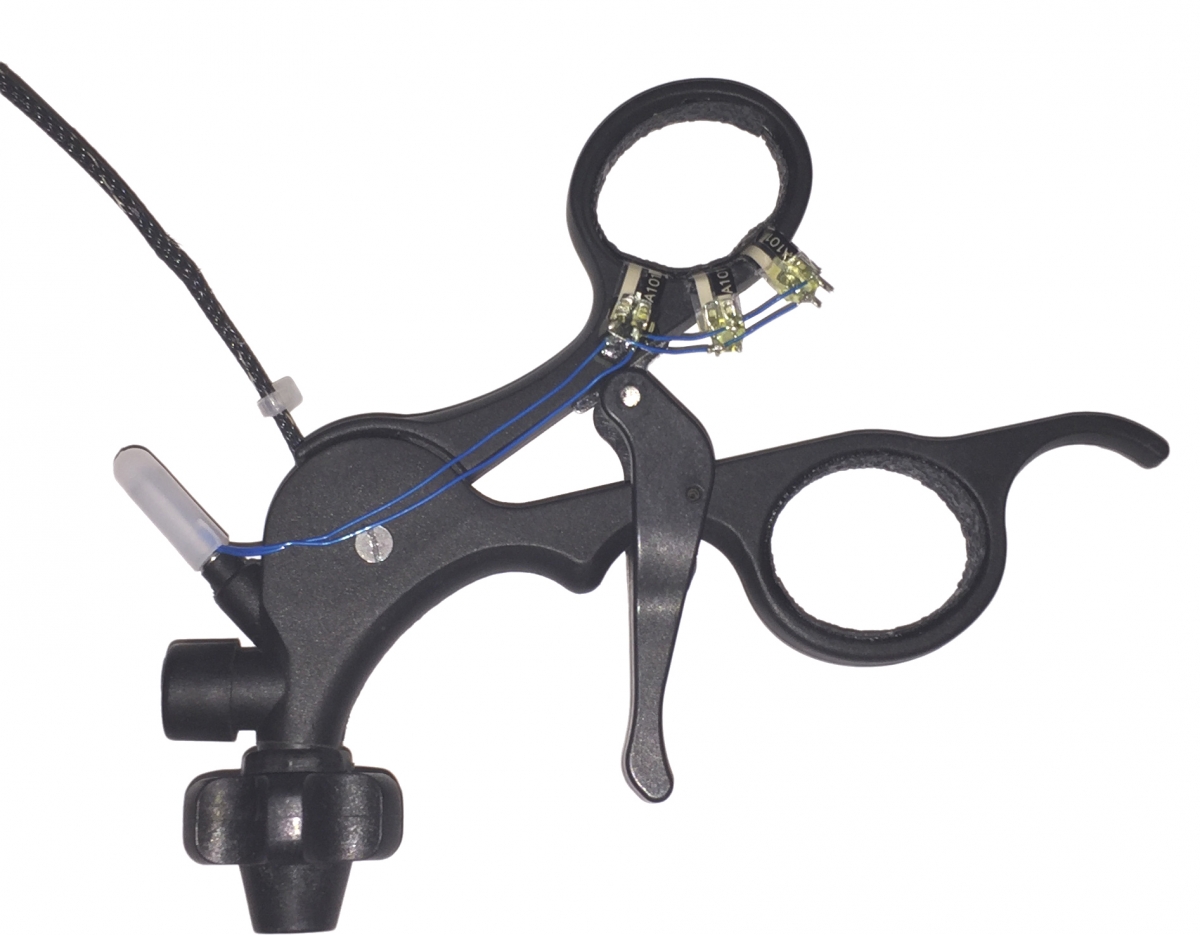Prepping Future Surgeons with Force-Feedback Training Devices
Even after years in medical school, residencies, and other clinical experience, most of us may still agree that surgeons can never be too prepared to begin their careers.
A recent Design News article showcased an interesting new interactive training tool to simulate a true-to-life surgical environment. The article explains how typical surgeons train working with cadavers, but doing so only allows trainees a few sessions worth of experience. The rest of their training consists of videos and animations. With this in mind, Osso VR developed a virtual reality program to measure finite movements made by the surgeon - including arm movement, trajectory, speed, and other factors - to help quantify the surgeon's ability to perform potentially life-saving techniques.
Along with movement, another important skill learned by surgeons over time is a precise sense of touch or grip. Incorporating FlexiForce™ touch sensors into smart surgical training devices can provide key quantifiable force feedback to help train surgeons on proper instrument handling.
Connecting Man & Machine via Haptic Feedback
Given the growing use of robotic systems and other smart surgical technologies, surgeons today are being taught new methods that essentially make them less "hands on" than ever before. Many of these systems rely on the surgeon’s ability to make precise actions without necessarily having a way to quantify tactile feedback made by, or made to the device.
FlexiForce touch sensors are an effective force-sensing technology that can be embedded into small, intricate spaces. This includes medical grippers and other handheld instruments commonly used in surgical procedures. Developing a training device to measure force feedback made by the instrument, or made by the surgeon, can help surgeons perfect their touch.
This short video shows a surgical training application of a FlexiForce-embedded medical gripper application used to judge and quantify a surgeon's grip force.
Details About This Training Tool
 As shown above, three FlexiForce sensors embedded onto the gripper's thumb are used to collect force feedback from the user.
As shown above, three FlexiForce sensors embedded onto the gripper's thumb are used to collect force feedback from the user.
- The LCD screen instructs the user to move a metallic tube into different positions across the demo unit.
- As the user proceeds through the steps, the program monitors both the time it takes for the user to complete the tasks, as well as the grip force made by the user.
-
With FlexiForce sensors embedded onto the handle of the gripper (see image on the right), the system is calibrated to deliver a response if too much or too little grip force is made by the user. The amount of grip force is quantified both by the LED lights displayed above the screen, and also an audible beep sound.
- Final scores lower than 500 are ideal results.
Thanks to the thin and flexible nature of FlexiForce touch sensors, there are several different applications for this technology to help prepare surgeons and physicians for the real world. Now, how can we help you create your next medical training application?

